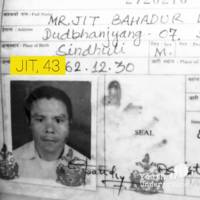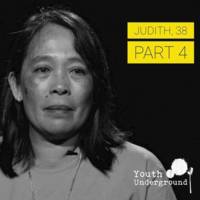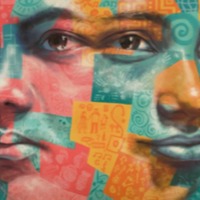
Jit Bahadur Lungeli
There are an estimated 4,000 people living in modern slavery in Qatar (GSI 2018). Qatar is a destination country for men and women subjected to forced labour and, to a much lesser extent, forced prostitution. Men and women from Nepal, India, Pakistan, Bangladesh, the Philippines, Indonesia, Sri Lanka, Sudan, Kenya, Nigeria, Uganda, and other countries voluntarily migrate to Qatar as unskilled laborers and domestic workers, often paying illegal and exorbitant fees to unscrupulous recruiters in the labour-sending countries, thereby increasing their vulnerability to debt bondage. Some workers subsequently face conditions indicative of involuntary servitude, to include restricted movement, payment withholding, passport confiscation, exit permit retention, and threats of deportation or abuse. Individuals in Qatar sell visas to migrants and occasionally demand regular payments, enabling migrant workers to work illegally and without legal recourse against their respective sponsors, although reportedly this trend is on the decline. Jit Bahadur Lungeli travelled for from Nepal to Qatar for work where he was trafficked into forced labour. Jit was forced to live in a labour camp in cramped conditions with little access to food. When Jit tried to leave after learning about the death of his son, his employer told him he would have to refund him remuneration and the visa fee.

Nena
There are an estimated 403,000 people living in conditions of modern slavery in the United States (GSI 2018). The US attracts migrants and refugees who are particularly at risk of vulnerability to human trafficking. Trafficking victims often responding to fraudulent offers of employment in the US migrate willingly and are subsequently subjected to conditions of involuntary servitude in industries such as forced labour and commercial sexual exploitation. Nena was trafficked into domestic servitude at the age of 55. She had already retired from her teaching job in the Philippines and thought going to the United States would be a good opportunity to financially help her family.

Judith
There are an estimated 403,000 people living in conditions of modern slavery in the United States (GSI 2018). The US attracts migrants and refugees who are particularly at risk of vulnerability to human trafficking. Trafficking victims often responding to fraudulent offers of employment in the US migrate willingly and are subsequently subjected to conditions of involuntary servitude in industries such as forced labour and commercial sexual exploitation. Judith travelled from the Philippines to New York in 2005 to work as a domestic worker. Instead of the eight-hour working day she was promised, Judith was forced to work up to eighteen hours a day, seven days a week for little pay. Her passport was confiscated, and she was told not to tell anyone about her situation. She was finally able to escape in 2007 while the family was out of the house.

Raymundo
There are an estimated 403,000 people living in conditions of modern slavery in the United States (GSI 2018). The US attracts migrants and refugees who are particularly at risk of vulnerability to human trafficking. Trafficking victims often responding to fraudulent offers of employment in the US migrate willingly and are subsequently subjected to conditions of involuntary servitude in industries such as forced labour and commercial sexual exploitation. Raymundo travelled from Mexico to California for work. He was promised it would be legal and took out a loan from his trafficker to pay for his visa. Upon arrival, he was forced to live in a room with 34 other men who had been trafficked. Raymundo was forced to work long hours under constant surveillance and threats of deportation. Raymundo was able to escape after approaching an inspector that had come to assess the farm.